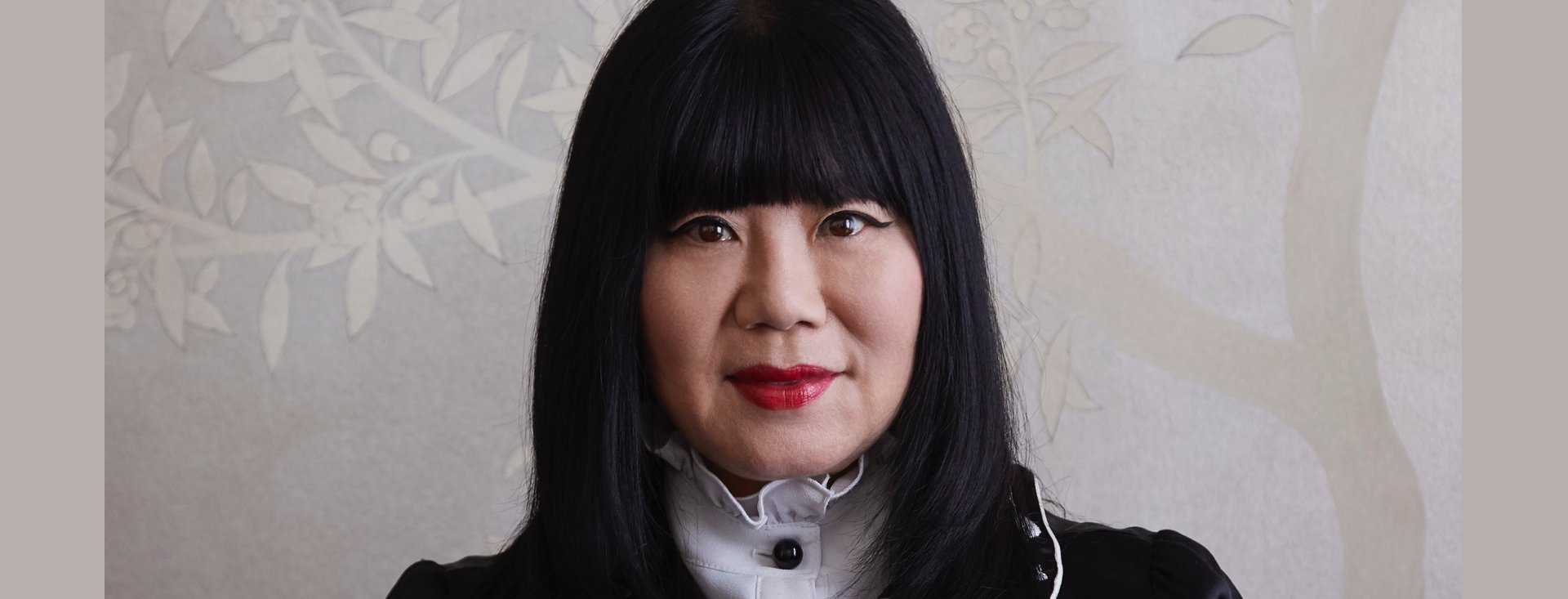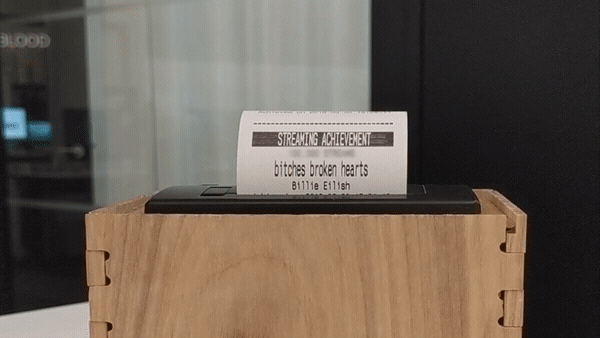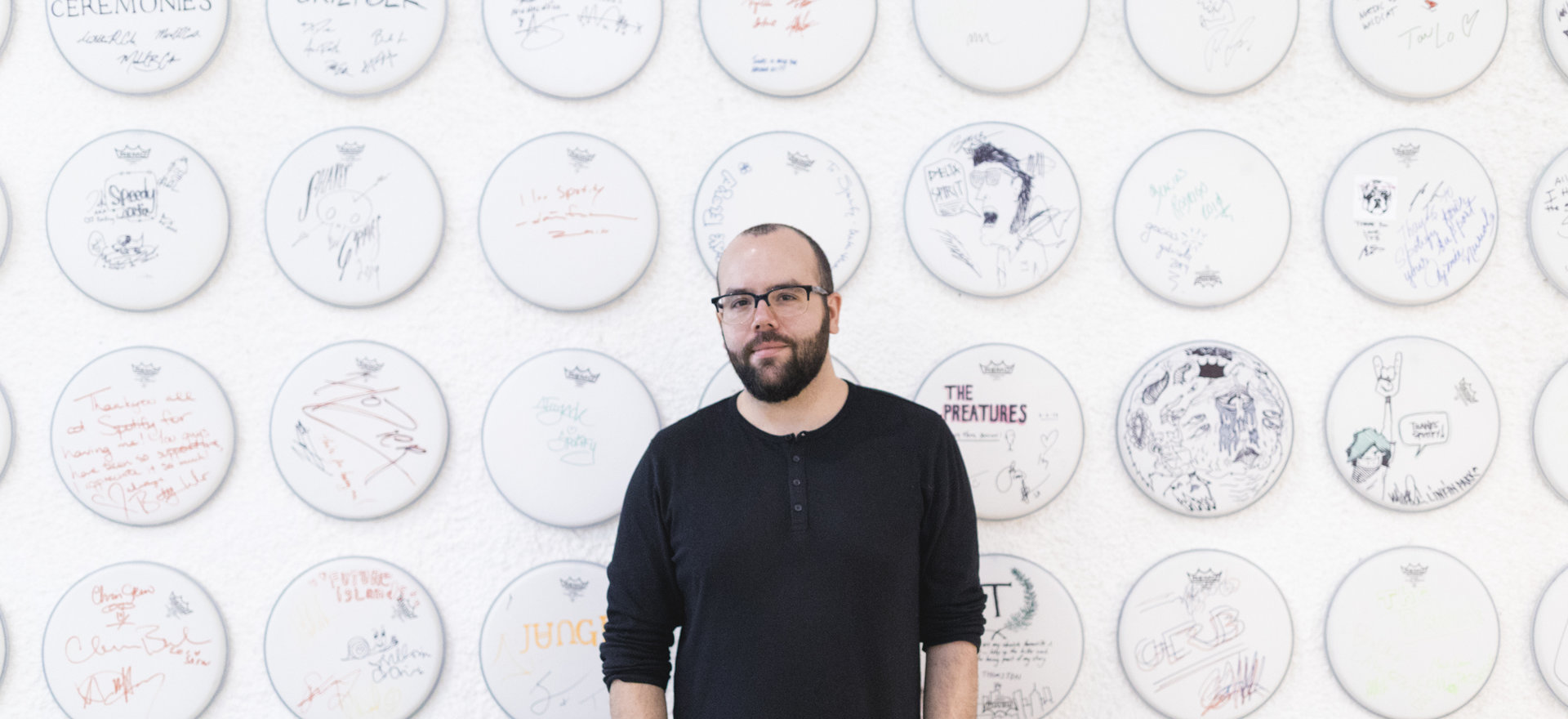
From a young age, designer and fashion icon Anna Sui knew she wanted to clothe rock stars. In the late 70’s, she started piecing together the notes of a clothing line in her NYC apartment. That is, when she wasn’t flying around the world picking up freelance gigs. It was an exhausting period, but it also opened her eyes to a world of resources and techniques on other ways to create clothing. Streaming is doing something similar for music and creative inspiration, she says, (without needing to pay for a flight).
Now a veteran designer for musicians of all stripes, Sui has a very special relationship with music. Recently, she created a New York Fashion Week playlist highlighting musical selections from all her shows since her first in 1991. “I would say it’s a list of all my favorite songs because every song that I use in my show, most of the time there’s a personal affiliation with it,” she explained to For the Record.
Read on for more of our exclusive interview on the unique relationship Sui has with music—and the people who create it.
When you’re creating a new collection, do you play any particular artists or genres?
Usually when I’m working on a collection, I start by researching music that I’m going to use for my runway theme. If there’s something, let’s say historical or from some particular era, maybe I’ll start listening to music from that period. For instance, when I did a chinoiserie collection, I started listening to music from old and contemporary Chinese movies. So it’s part of my research in creating the mood for the collection. It’s something that I really enjoy because I always discover something new each time I do the research.
Have you ever heard something that’s inspired the collection or the theme for the show?
Oh yeah. I mean there are particular collections that were inspired by music, especially during the grunge period. I did a grunge collection. A few years ago I did a punk-inspired collection and went back and listened to all the old punk records and looked at old photos from that period. I think it’s really important to create an ambiance for an audience and transport them to where my imagination is.
And is this a process that you followed for most of your life as a designer? For example, when you were starting out in your apartment, did you have a similar attitude towards music?
Yeah, I mean when I started doing my own collection, my whole purpose to dress rock stars and people going to see rock concerts. That was my sole motive. And it kind of escalated from there, when department stores and boutiques started buying the collection. Then I had to think a little broader. But my original concept was rock stars.
Speaking of which, you’ve attracted big names like Madonna, Mick Jagger, Jack White. What are some of the elements that you were going for in creating pieces for them, and what are some of the things you think they picked up on?
I think that it’s a combination of the fact that they’re following fashion, but I’m also following music and it’s like a kindred spirit when you meet. Like when I met Jack White, I think he knew that I had that background of loving punk rock and loving classic rock. And so we kind of just started talking about it right away.
It was a fantasy my whole life, dressing The Rolling Stones. And so that was really exciting that Mick did his first hosting of Saturday Night Live in my clothes.
And then Madonna was really the one who gave me the confidence to do my first show. I didn’t know that she was a fan or that she wore my clothes. But one of the first times I met her was at a fashion show together in Paris. When she took off her coat, she had my dress on. And that was kind of a shocker because in her hotel room where we picked her up from, she had shopping bags from every major designer in Paris and racks of clothes hanging. And so for her to select mine, it gave me that confidence that maybe I could do something, maybe I could really have my own show.
What is your advice to others who feel they have a particular calling, but are struggling to start out in the art or fashion world?
Well, I think that you have to figure out your niche and really, really focus on it. I think that you have to realize that the competition is so tough that you have to really be sure that this is what you want and there’s certain sacrifices you have to make along the way. And so it’s a trade off. And you have to just have that determination.
Anything else on your mind that you’d like our readers or your fans to know about?
Keep expanding your mind, keep expanding your horizons, keep expanding your world. Something like Spotify really gives you that opportunity where you don’t have to get the mileage, flying somewhere. You can just kind of dial it. You can find it. And I think that that’s an amazing thing that’s happening today.
Take a listen to Anna’s NYFW Playlist below. Plus, check out our interviews with other NYFW attendees, including Rebecca Minkoff, Sophie Elgort, and Natalie Lim Suarez.










Recent Comments